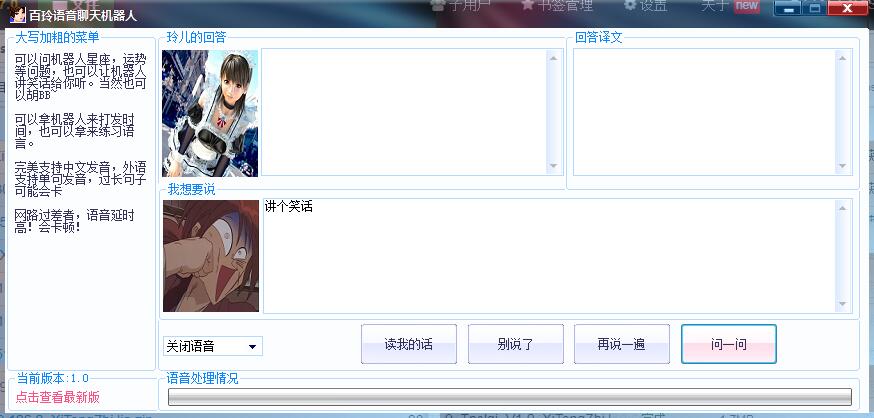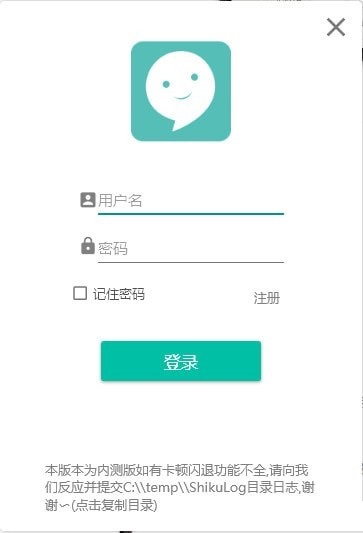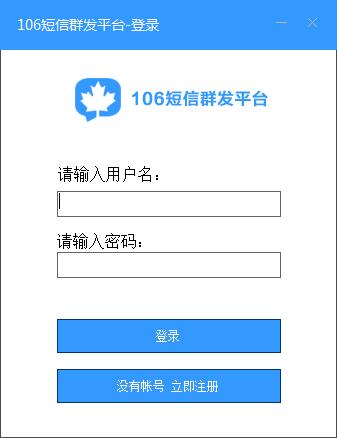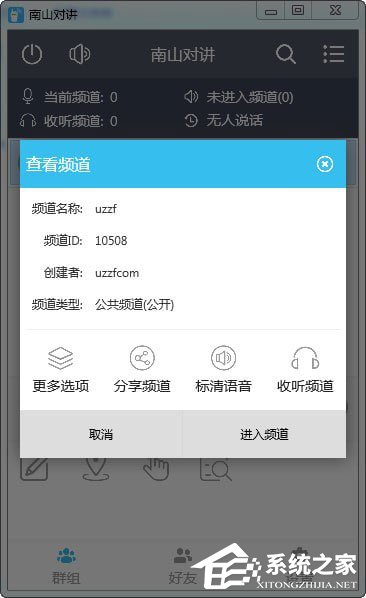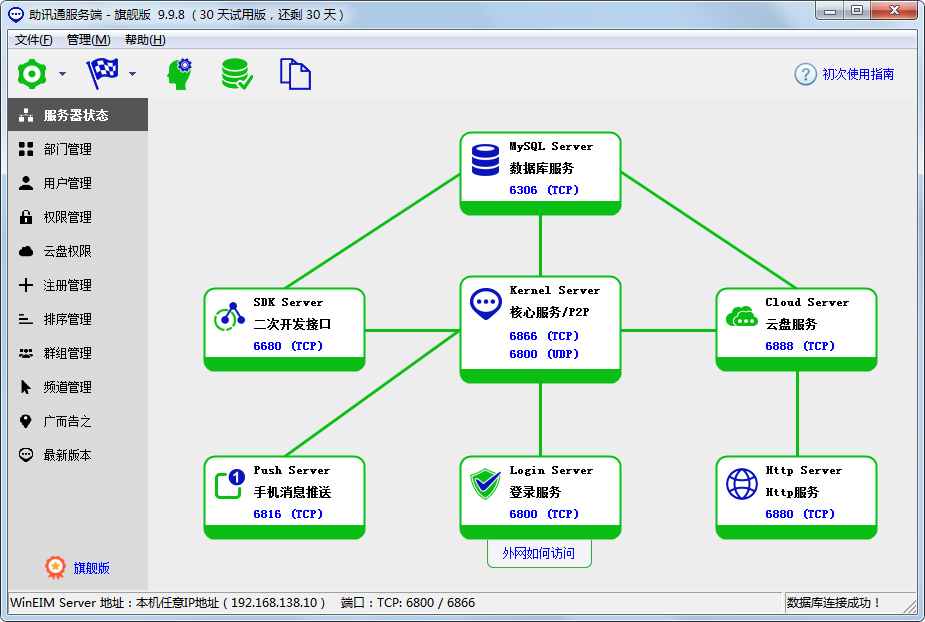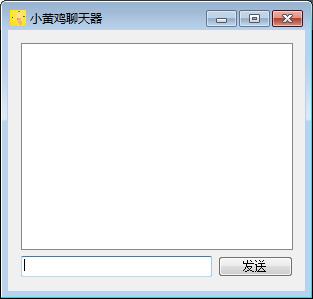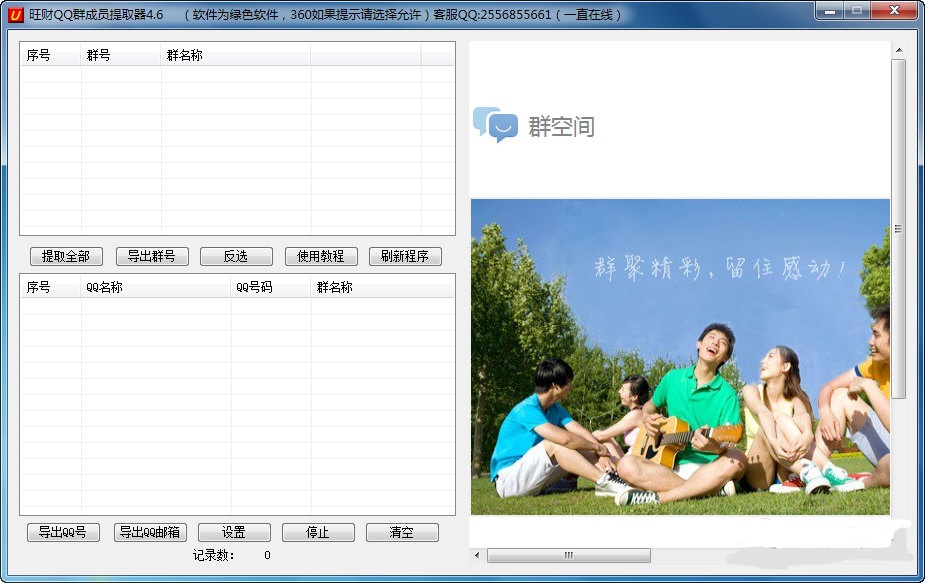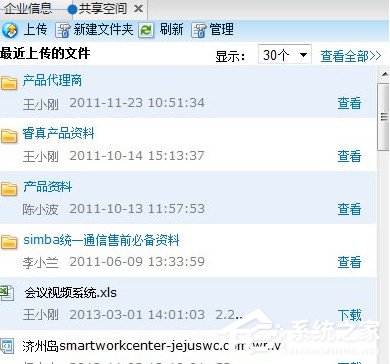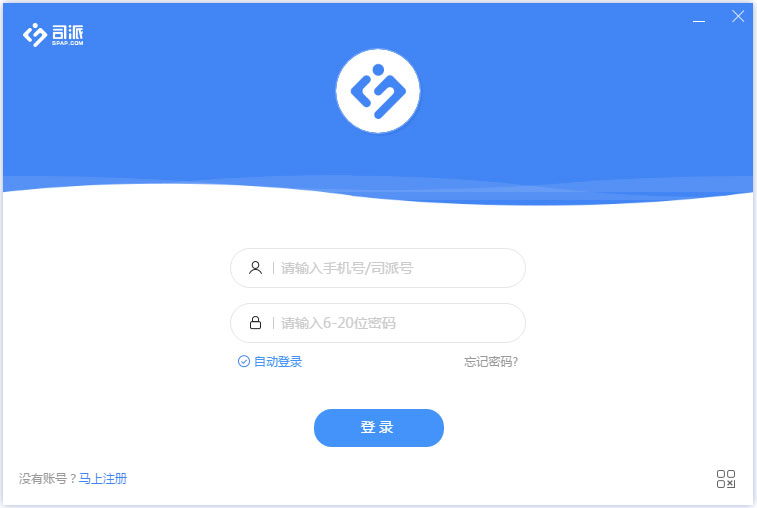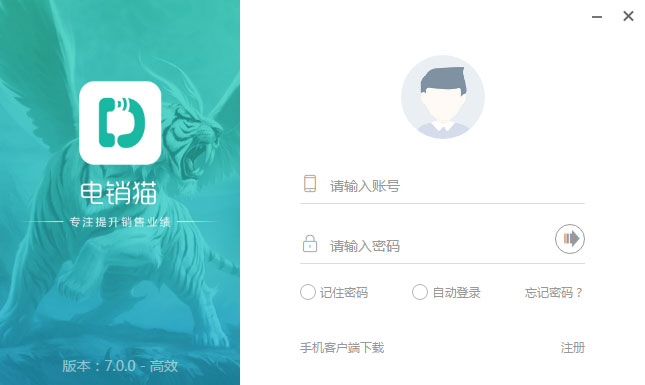第七篇:Spark SQL 源码分析之Physical Plan 到 RDD的具体实现
时间:2022-03-16 11:12
/** */
接上一篇文章,本文将介绍Physical Plan的toRDD的具体实现细节:
我们都知道一段sql,真正的执行是当你调用它的collect()方法才会执行Spark Job,最后计算得到RDD。
[java]- lazy val toRdd: RDD[Row] = executedPlan.execute()
Spark Plan基本包含4种操作类型,即BasicOperator基本类型,还有就是Join、Aggregate和Sort这种稍复杂的。
如图:
一、BasicOperator
1.1、Project
Project 的大致含义是:传入一系列表达式Seq[NamedExpression],给定输入的Row,经过Convert(Expression的计算eval)操作,生成一个新的Row。 Project的实现是调用其child.execute()方法,然后调用mapPartitions对每一个Partition进行操作。这个f函数其实是new了一个MutableProjection,然后循环的对每个partition进行Convert。 [java]
- case class Project(projectList: Seq[NamedExpression], child: SparkPlan) extends UnaryNode {
- override def output = projectList.map(_.toAttribute)
- override def execute() = child.execute().mapPartitions { iter => //对每个分区进行f映射
- @transient val reusableProjection = new MutableProjection(projectList)
- iter.map(reusableProjection)
- }
- }
如果输入的Row已经有Schema了,则传入的Seq[Expression]也会bound到当前的Schema。 [java]
- case class MutableProjection(expressions: Seq[Expression]) extends (Row => Row) {
- def this(expressions: Seq[Expression], inputSchema: Seq[Attribute]) =
- this(expressions.map(BindReferences.bindReference(_, inputSchema))) //bound schema
- private[this] val exprArray = expressions.toArray
- private[this] val mutableRow = new GenericMutableRow(exprArray.size) //新的Row
- def currentValue: Row = mutableRow
- def apply(input: Row): Row = {
- var i = 0
- while (i < exprArray.length) {
- mutableRow(i) = exprArray(i).eval(input) //根据输入的input,即一个Row,计算生成的Row
- i += 1
- }
- mutableRow //返回新的Row
- }
- }
1.2、Filter
Filter的具体实现是传入的condition进行对input row的eval计算,最后返回的是一个Boolean类型, 如果表达式计算成功,返回true,则这个分区的这条数据就会保存下来,否则会过滤掉。 [java]- case class Filter(condition: Expression, child: SparkPlan) extends UnaryNode {
- override def output = child.output
- override def execute() = child.execute().mapPartitions { iter =>
- iter.filter(condition.eval(_).asInstanceOf[Boolean]) //计算表达式 eval(input row)
- }
- }
1.3、Sample
Sample取样操作其实是调用了child.execute()的结果后,返回的是一个RDD,对这个RDD调用其sample函数,原生方法。 [java]- case class Sample(fraction: Double, withReplacement: Boolean, seed: Long, child: SparkPlan)
- extends UnaryNode
- {
- override def output = child.output
- // TODO: How to pick seed?
- override def execute() = child.execute().sample(withReplacement, fraction, seed)
- }
1.4、Union
Union操作支持多个子查询的Union,所以传入的child是一个Seq[SparkPlan] execute()方法的实现是对其所有的children,每一个进行execute(),即select查询的结果集合RDD。 通过调用SparkContext的union方法,将所有子查询的结果合并起来。 [java]- case class Union(children: Seq[SparkPlan])(@transient sqlContext: SQLContext) extends SparkPlan {
- // TODO: attributes output by union should be distinct for nullability purposes
- override def output = children.head.output
- override def execute() = sqlContext.sparkContext.union(children.map(_.execute())) //子查询的结果进行union
- override def otherCopyArgs = sqlContext :: Nil
- }
1.5、Limit
Limit操作在RDD的原生API里也有,即take(). 但是Limit的实现分2种情况: 第一种是 limit作为结尾的操作符,即select xxx from yyy limit zzz。 并且是被executeCollect调用,则直接在driver里使用take方法。 第二种是 limit不是作为结尾的操作符,即limit后面还有查询,那么就在每个分区调用limit,最后repartition到一个分区来计算global limit. [java]- case class Limit(limit: Int, child: SparkPlan)(@transient sqlContext: SQLContext)
- extends UnaryNode {
- // TODO: Implement a partition local limit, and use a strategy to generate the proper limit plan:
- // partition local limit -> exchange into one partition -> partition local limit again
- override def otherCopyArgs = sqlContext :: Nil
- override def output = child.output
- override def executeCollect() = child.execute().map(_.copy()).take(limit) //直接在driver调用take
- override def execute() = {
- val rdd = child.execute().mapPartitions { iter =>
- val mutablePair = new MutablePair[Boolean, Row]()
- iter.take(limit).map(row => mutablePair.update(false, row)) //每个分区先计算limit
- }
- val part = new HashPartitioner(1)
- val shuffled = new ShuffledRDD[Boolean, Row, Row, MutablePair[Boolean, Row]](rdd, part) //需要shuffle,来repartition
- shuffled.setSerializer(new SparkSqlSerializer(new SparkConf(false)))
- shuffled.mapPartitions(_.take(limit).map(_._2)) //最后单独一个partition来take limit
- }
- }
1.6、TakeOrdered
TakeOrdered是经过排序后的limit N,一般是用在sort by 操作符后的limit。 可以简单理解为TopN操作符。 [java]- case class TakeOrdered(limit: Int, sortOrder: Seq[SortOrder], child: SparkPlan)
- (@transient sqlContext: SQLContext) extends UnaryNode {
- override def otherCopyArgs = sqlContext :: Nil
- override def output = child.output
- @transient
- lazy val ordering = new RowOrdering(sortOrder) //这里是通过RowOrdering来实现排序的
- override def executeCollect() = child.execute().map(_.copy()).takeOrdered(limit)(ordering)
- // TODO: Terminal split should be implemented differently from non-terminal split.
- // TODO: Pick num splits based on |limit|.
- override def execute() = sqlContext.sparkContext.makeRDD(executeCollect(), 1)
- }
1.7、Sort
Sort也是通过RowOrdering这个类来实现排序的,child.execute()对每个分区进行map,每个分区根据RowOrdering的order来进行排序,生成一个新的有序集合。 也是通过调用Spark RDD的sorted方法来实现的。 [java]- case class Sort(
- sortOrder: Seq[SortOrder],
- global: Boolean,
- child: SparkPlan)
- extends UnaryNode {
- override def requiredChildDistribution =
- if (global) OrderedDistribution(sortOrder) :: Nil else UnspecifiedDistribution :: Nil
- @transient
- lazy val ordering = new RowOrdering(sortOrder) //排序顺序
- override def execute() = attachTree(this, "sort") {
- // TODO: Optimize sorting operation?
- child.execute()
- .mapPartitions(
- iterator => iterator.map(_.copy()).toArray.sorted(ordering).iterator, //每个分区调用sorted方法,传入<span start="1">
- object ExistingRdd {
- def convertToCatalyst(a: Any): Any = a match {
- case o: Option[_] => o.orNull
- case s: Seq[Any] => s.map(convertToCatalyst)
- case p: Product => new GenericRow(p.productIterator.map(convertToCatalyst).toArray)
- case other => other
- }
- def productToRowRdd[A <: Product](data: RDD[A]): RDD[Row] = {
- data.mapPartitions { iterator =>
- if (iterator.isEmpty) {
- Iterator.empty
- } else {
- val bufferedIterator = iterator.buffered
- val mutableRow = new GenericMutableRow(bufferedIterator.head.productArity)
- bufferedIterator.map { r =>
- var i = 0
- while (i < mutableRow.length) {
- mutableRow(i) = convertToCatalyst(r.productElement(i))
- i += 1
- }
- mutableRow
- }
- }
- }
- }
- def fromProductRdd[A <: Product : TypeTag](productRdd: RDD[A]) = {
- ExistingRdd(ScalaReflection.attributesFor[A], productToRowRdd(productRdd))
- }
- }
二、 Join Related Operators
HashJoin:
在讲解Join Related Operator之前,有必要了解一下HashJoin这个位于execution包下的joins.scala文件里的trait。 Join操作主要包含BroadcastHashJoin、LeftSemiJoinHash、ShuffledHashJoin均实现了HashJoin这个trait. 主要类图如下:- trait HashJoin {
- val leftKeys: Seq[Expression]
- val rightKeys: Seq[Expression]
- val buildSide: BuildSide
- val left: SparkPlan
- val right: SparkPlan
- lazy val (buildPlan, streamedPlan) = buildSide match { //模式匹配,将physical plan封装形成Tuple2,如果是buildLeft,那么就是(left,right),否则是(right,left)
- case BuildLeft => (left, right)
- case BuildRight => (right, left)
- }
- lazy val (buildKeys, streamedKeys) = buildSide match { //模式匹配,将expression进行封装<span start="1">
- class JoinedRow extends Row {
- private[this] var row1: Row = _
- private[this] var row2: Row = _
- .........
- def copy() = {
- val totalSize = row1.size + row2.size
- val copiedValues = new Array[Any](totalSize)
- var i = 0
- while(i < totalSize) {
- copiedValues(i) = apply(i)
- i += 1
- }
- new GenericRow(copiedValues) //返回一个新的合并后的Row
- }
2.1、LeftSemiJoinHash
left semi join,不多说了,hive早期版本里替代IN和EXISTS 的版本。 将右表的join keys放到HashSet里,然后遍历左表,查找左表的join key是否能匹配。 [java]- case class LeftSemiJoinHash(
- leftKeys: Seq[Expression],
- rightKeys: Seq[Expression],
- left: SparkPlan,
- right: SparkPlan) extends BinaryNode with HashJoin {
- val buildSide = BuildRight //buildSide是以右表为基准
- override def requiredChildDistribution =
- ClusteredDistribution(leftKeys) :: ClusteredDistribution(rightKeys) :: Nil
- override def output = left.output
- def execute() = {
- buildPlan.execute().zipPartitions(streamedPlan.execute()) { (buildIter, streamIter) => //右表的物理计划执行后生成RDD,利用zipPartitions对Partition进行合并。然后用上述方法实现。
- val hashSet = new java.util.HashSet[Row]()
- var currentRow: Row = null
- // Create a Hash set of buildKeys
- while (buildIter.hasNext) {
- currentRow = buildIter.next()
- val rowKey = buildSideKeyGenerator(currentRow)
- if(!rowKey.anyNull) {
- val keyExists = hashSet.contains(rowKey)
- if (!keyExists) {
- hashSet.add(rowKey)
- }
- }
- }
- val joinKeys = streamSideKeyGenerator()
- streamIter.filter(current => {
- !joinKeys(current).anyNull && hashSet.contains(joinKeys.currentValue)
- })
- }
- }
- }
2.2、BroadcastHashJoin
名约: 广播HashJoin,呵呵。 是InnerHashJoin的实现。这里用到了concurrent并发里的future,异步的广播buildPlan的表执行后的的RDD。 如果接收到了广播后的表,那么就用streamedPlan来匹配这个广播的表。 实现是RDD的mapPartitions和HashJoin里的joinIterators最后生成join的结果。 [java]- case class BroadcastHashJoin(
- leftKeys: Seq[Expression],
- rightKeys: Seq[Expression],
- buildSide: BuildSide,
- left: SparkPlan,
- right: SparkPlan)(@transient sqlContext: SQLContext) extends BinaryNode with HashJoin {
- override def otherCopyArgs = sqlContext :: Nil
- override def outputPartitioning: Partitioning = left.outputPartitioning
- override def requiredChildDistribution =
- UnspecifiedDistribution :: UnspecifiedDistribution :: Nil
- @transient
- lazy val broadcastFuture = future { //利用SparkContext广播表
- sqlContext.sparkContext.broadcast(buildPlan.executeCollect())
- }
- def execute() = {
- val broadcastRelation = Await.result(broadcastFuture, 5.minute)
- streamedPlan.execute().mapPartitions { streamedIter =>
- joinIterators(broadcastRelation.value.iterator, streamedIter) //调用joinIterators对每个分区map
- }
- }
- }
2.3、ShuffleHashJoin
ShuffleHashJoin顾名思义就是需要shuffle数据,outputPartitioning是左孩子的的Partitioning。 会根据这个Partitioning进行shuffle。然后利用SparkContext里的zipPartitions方法对每个分区进行zip。 这里的requiredChildDistribution,的是ClusteredDistribution,这个会在HashPartitioning里面进行匹配。 关于这里面的分区这里不赘述,可以去org.apache.spark.sql.catalyst.plans.physical下的partitioning里面去查看。 [java]- case class ShuffledHashJoin(
- leftKeys: Seq[Expression],
- rightKeys: Seq[Expression],
- buildSide: BuildSide,
- left: SparkPlan,
- right: SparkPlan) extends BinaryNode with HashJoin {
- override def outputPartitioning: Partitioning = left.outputPartitioning
- override def requiredChildDistribution =
- ClusteredDistribution(leftKeys) :: ClusteredDistribution(rightKeys) :: Nil
- def execute() = {
- buildPlan.execute().zipPartitions(streamedPlan.execute()) {
- (buildIter, streamIter) => joinIterators(buildIter, streamIter)
- }
- }
- }
未完待续 :)
原创文章,转载请注明:
转载自:,作者:
本文链接地址:
注:本文基于协议,欢迎转载、转发和评论,但是请保留本文作者署名和文章链接。如若需要用于商业目的或者与授权方面的协商,请联系我。


